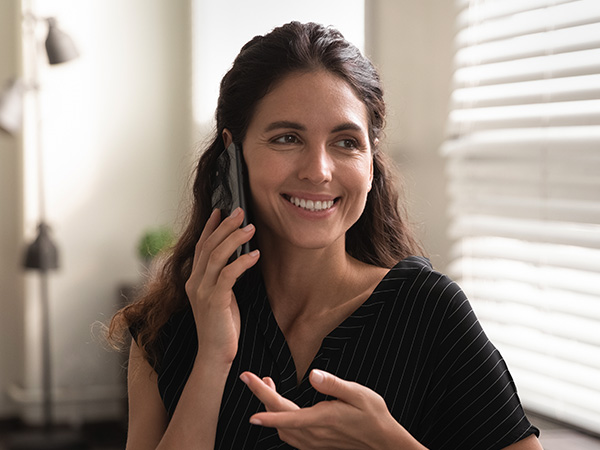
What is Myopia and How is it Managed in Kids?
Myopia, commonly known as nearsightedness, is a vision condition where distant objects appear blurry, while close-up items remain clear. This refractive error affects children’s daily lives, making it difficult for them to see the whiteboard at school or clearly view distant objects. With increasing screen time and less outdoor play, the prevalence of myopia in kids is on the rise. Early detection and management are crucial to help prevent worsening vision as they grow.
Understanding Myopia
Myopia occurs when the eye grows too long from front to back or when the cornea is overly curved, causing light to focus in front of the retina rather than directly on it. As a result, distant images appear blurry. While genetics can play a role, lifestyle factors such as extended screen time, reduced outdoor activity, and close-up work may contribute to its development.
Symptoms of Myopia in Children
Children might not always communicate their struggles with vision, so it's important for parents and caregivers to watch for signs, including:
• Squinting frequently to see clearly
• Complaints of blurry vision, especially when looking at distant objects
• Moving closer to the TV or holding books close to the face
• Experiencing frequent headaches or eye strain
Regular eye exams can catch these signs early, allowing optometrists to diagnose and monitor myopia from a young age.
Why Managing Myopia Early is Important
Untreated myopia can worsen over time, particularly during childhood and adolescence. High myopia increases the risk of serious eye conditions later in life, such as retinal detachment, glaucoma, and macular degeneration. Early management can help slow the progression of myopia and reduce these long-term risks.
How Myopia is Managed in Kids
Fortunately, there are several effective myopia management options that can slow its progression in children:
1. Orthokeratology (Ortho-K) Lenses
Orthokeratology, or Ortho-K, uses specially designed contact lenses that kids wear overnight. These lenses temporarily reshape the cornea, allowing for clear vision throughout the day without glasses. Studies show that Ortho-K lenses can slow myopia progression, making them a popular choice for young patients.
2. Atropine Eye Drops
Low-dose atropine eye drops are another effective treatment option. These drops are applied nightly and have been shown to reduce the rate of myopia progression significantly. They are well-tolerated by children, making them a convenient option for parents and kids alike.
3. Multifocal Contact Lenses
These specialized contact lenses are designed with multiple zones to correct vision at different distances, helping slow down the progression of myopia. Multifocal lenses provide clear vision for near and far distances, making them ideal for active kids.
Encouraging Outdoor Time
In addition to these treatment options, studies suggest that spending more time outdoors can help slow myopia progression. Natural light exposure and looking at distant objects rather than focusing on screens can benefit children's visual health. Optometrists recommend encouraging kids to spend at least 1–2 hours a day outdoors.
Schedule an Eye Exam for Your Child at Sky View Optometry Today
Myopia management is most effective when started early, so regular eye exams are crucial. At Sky View Optometry, we offer comprehensive exams and personalized myopia management plans for children. By proactively managing myopia, we can help protect your child's vision for years to come.
If you’re child is experiencing signs of myopia, schedule an eye exam at Sky View Optometry and learn more about myopia management treatments. Visit our office in El Paso, Texas, or call (915) 775-2020 to book an appointment today.







